The Olympics have never been held there, yet it deserves a gold medal. Olympic National Park is unique in its ruggedness, offering a dynamic range from sandy beaches to mountains and from wilderness to rainforest. Its diversity earned it a spot on the UNESCO World Heritage List.
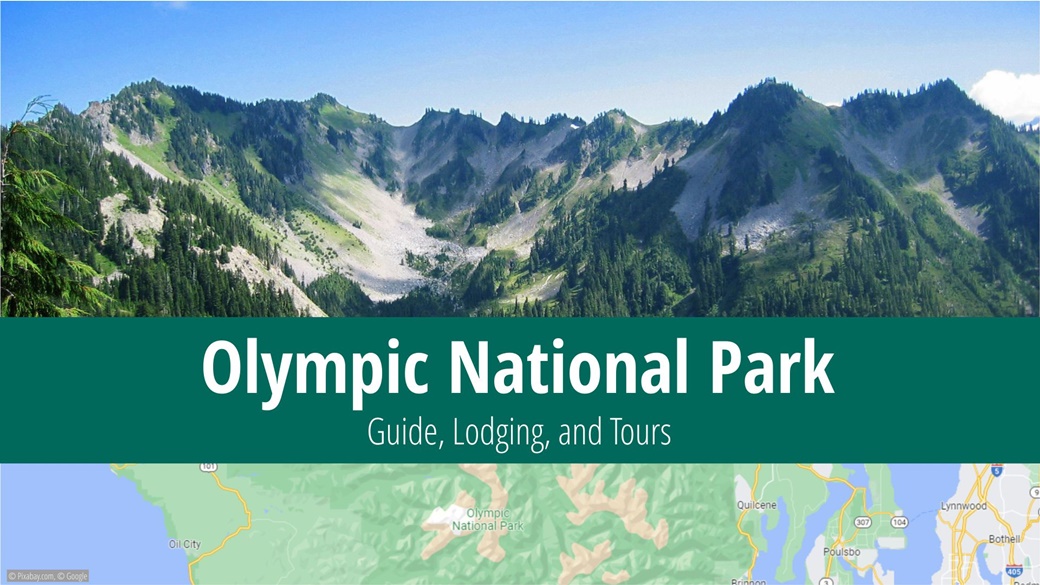
Table of Contents
Information About the Olympic National Park
Olympic National Park is located in Washington in the western part of the USA. The park is near Canada as the crow flies. However, reaching it by car can be quite an adventure due to the rugged coastline.
The area gained its status as an Olympic National Park in 1938. Before that, it was known as Mount Olympus National Monument since 1909 and became an international biosphere reserve in 1976. It received its name from the Olympic Mountains, the western slopes of which are known to be the wettest place in the continental USA.
The park received 2,718,925 visitors in 2021.
As mentioned above, Olympic National Park can be divided into three main parts:
The Pacific Coast
Along nearly a 62 mi of coastline, a sandy beach a few kilometers wide stretches. The beach is rough due to rock deposits, and it’s not meant for swimming; it freely transitions into wilderness.
The Olympic Mountains
The mountains span the central part of the park, their peaks often adorned with snow. Mount Olympus, standing at 7,963 ft above sea level, is the highest peak in the Olympic Mountains.
The Rainforest
Actually, there are several rainforests, with Hoh and Quinault being the most famous. They receive up to 380 cm of rain annually, making it the wettest area in the continental USA.
The most common animal species in the park are the Olympic marmot and the western wapiti. For your reference, a wapiti is a type of deer.
What to Do in Olympic National Park
Olympic National Park is vast. If you want to experience all three environments, you should set aside at least a weekend for your visit. A car will be necessary as there are many hiking trails in the park, but they are quite distant from each other.
When planning your itinerary, remember to include these places of interest:
Hurricane Ridge
The most accessible mountain within the national park is situated 17 mi south of the city of Port Angeles. Hurricane Ridge Road, which is open all year except during the winter months, provides access to the site. It is open, weather permitting, only between 9 am and dusk. Tourists can enjoy a center with stunning views.
Lake Crescent
According to local legend, the crescent-shaped lake is infinitely deep. Seeing it in person, you might believe it thanks to the crystal-clear water. You can rent a boat on site to view the surrounding green hills from a different perspective.
Deer Park
The journey truly is the destination when it comes to Deer Park. While the narrow and winding road may cause some trepidation for the faint-hearted, it offers unforgettable views of the surrounding mountains. You can easily spend the night at Deer Park; just bring along a tent.
Rialto Beach
The beach at the mouth of the Quillayute River is captivating, with several rocks jutting out of the seabed and driftwood that adds to its rugged charm.
Elwha River
Finally, something for the adrenaline enthusiasts – you can raft the wild Elwha River. Be brave, and you will be rewarded with beautiful views once again. For your information, there are 13 different rivers flowing through Olympic National Park.
When to Go to Olympic National Park
The best time to visit Olympic National Park is between July and September, when the average daily temperatures hover around 68 °F, and rainfall is at its lowest.
The weather is also relatively pleasant from April to June and in October, when daytime temperatures typically linger around 59 °F. Winter in the park runs from November to February, marked by frequent rain and temperatures ranging from 34 °F to 46 °F.
Average Temperatures and Visitor Numbers in Olympic National Park
Average temperatures in Olympic National Park in the Port Angeles area. Visitor numbers are based on a 2017-2021 average, data source is the National Park Service.
| Max Temp | Min Temp | Precipitation Days | Visitors | Popularity | |
|---|---|---|---|---|---|
| January | 45 °F | 36 °F | 18.0 | 93 073 | 🟩 |
| February | 48 °F | 36 °F | 15.4 | 88 712 | 🟩 |
| March | 52 °F | 37 °F | 17.4 | 117 072 | 🟩 |
| April | 55 °F | 41 °F | 13.6 | 157 426 | 🟩 |
| May | 61 °F | 46 °F | 9.8 | 283 262 | 🟨🟨 |
| June | 64 °F | 50 °F | 7.5 | 427 589 | 🟧🟧🟧 |
| July | 70 °F | 54 °F | 4.1 | 523 490 | 🟥🟥🟥🟥 |
| August | 72 °F | 54 °F | 4.0 | 753 280 | 🟥🟥🟥🟥 |
| September | 66 °F | 50 °F | 7.6 | 380 228 | 🟧🟧🟧 |
| October | 57 °F | 45 °F | 14.6 | 173 549 | 🟨🟨 |
| November | 50 °F | 39 °F | 19.3 | 102 326 | 🟩 |
| December | 45 °F | 36 °F | 18.3 | 72 275 | 🟩 |
Admission to Olympic National Park
The entrance fee to the Olympic National Park is $30 per car, including all passengers.
If you plan to visit multiple national parks in the USA, consider purchasing America the Beautiful pass for $80. For a single admission fee, you can access all of America’s parks with it.
How to Get to Olympic National Park
The best way to get to the park is by using a rental car, which provides valuable flexibility. To illustrate, below are distances, driving times, and routes from some nearby cities:
| From / To | Distance | Driving Time | Route |
|---|---|---|---|
| Salt Lake City | 958 mi | 15 hours | View Route |
| San Francisco | 864 mi | 14 hours 45 minutes | View Route |
| Seattle | 83 mi | 2 hours 30 minutes | View Route |
| Vancouver | 198 mi | 4 hours 35 minutes | View Route |
Lodging in Olympic National Park
🏨 Hotels
Near Olympic National Park, motels can be found in the cities of Port Angeles and Sequim, but their prices tend to be high. More affordable options are located in Seattle and on the Canadian side, in Sidney and Victoria.
⛺ Campsites
For a wonderful overnight experience in the park itself, campgrounds are plentiful. The price per night generally ranges between $15.00 and $29.
Tips and Advice for Olympic National Park
ℹ️ Visitor Centers
There are four visitor centers in Olympic Park, each dedicated to enhancing visitors’ experiences:
- Olympic National Park Visitor Center
This main visitor center operates year-round and is located in the city of Port Angeles. Here, you can learn about the park’s history, get tour advice, have your passport stamped, and keep children entertained in the interpretive room. - Wilderness Information Center
Situated in the same location, this center caters to visitors who are heading into the wilderness. It offers bear barrel rentals, current information, and necessary permits. - Hurricane Ridge Visitor Center
Found 17 mi south of Port Angeles, off Hurricane Ridge Road, this center is open daily during the summer. Besides providing information, it also organizes guided walks. - Kalaloch Ranger Station
The ranger station is open daily throughout the summer and offers information about the western part of the Olympic Peninsula to passersby.
👍 Good to Know
Before your trip, it’s recommended to print or save useful brochures created by the park service to your phone.
- For more information, visit the park’s official website
- Olympic National Park map
Photos of Olympic National Park
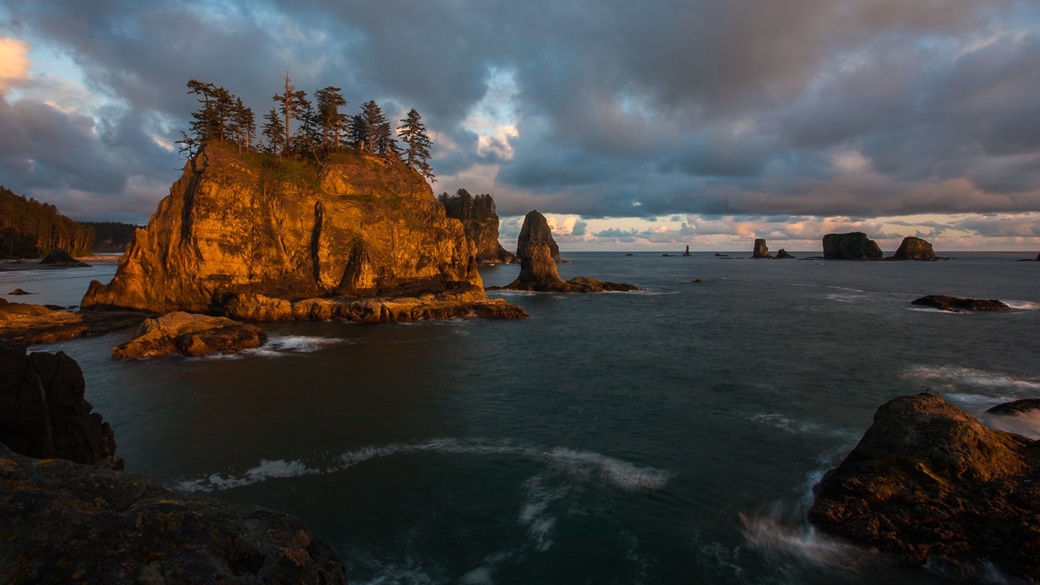

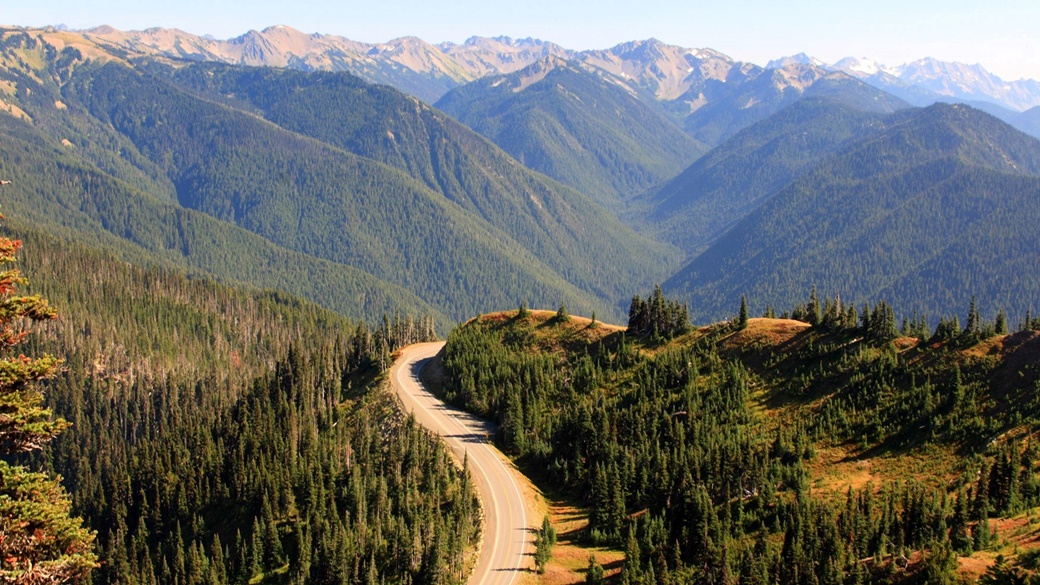
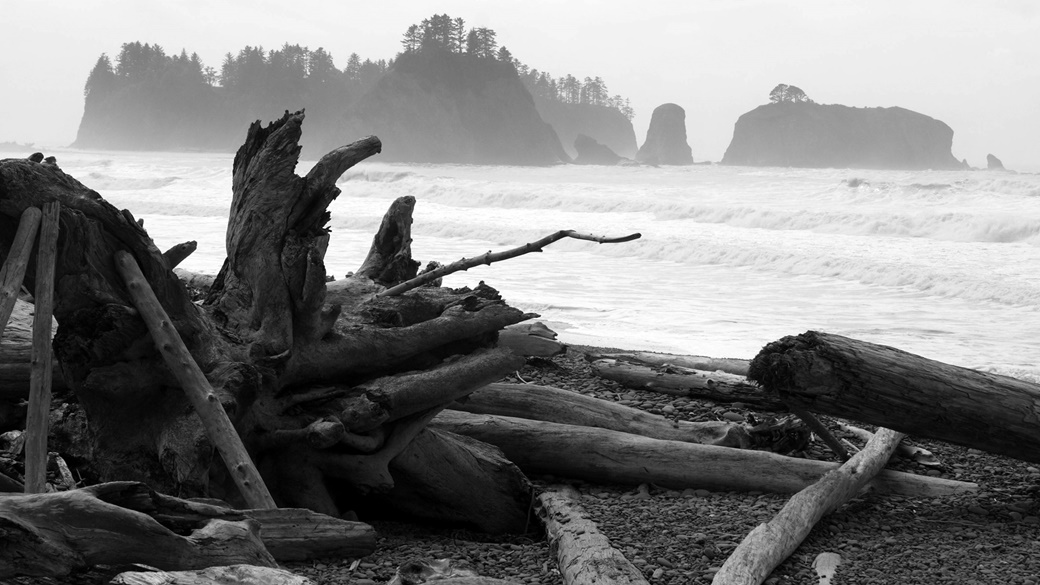
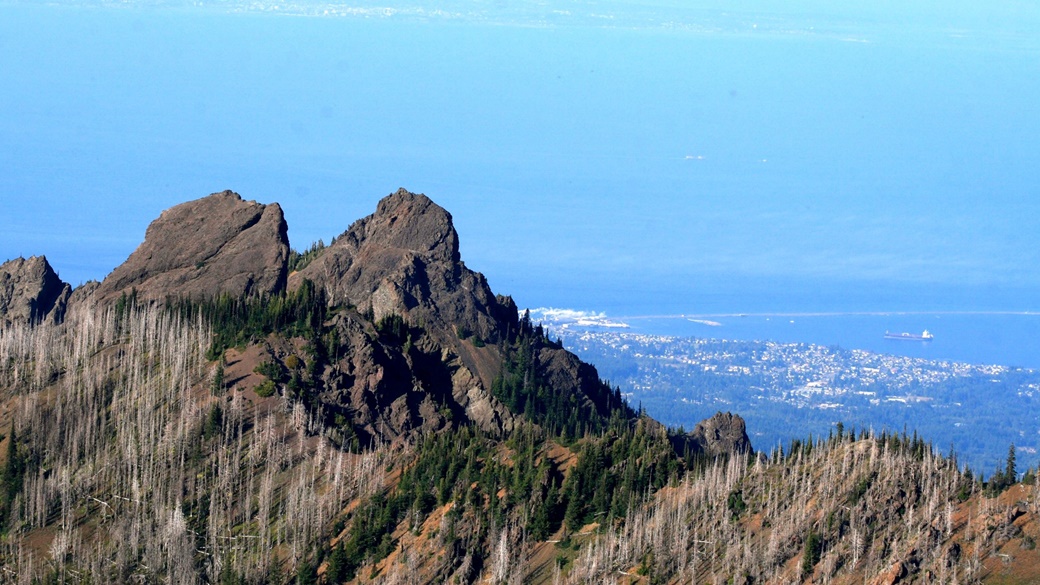
US National Parks
- National Parks of the USA – Map, List and Annual Pass
- America the Beautiful Pass 2025 – How It Works, Cost & Parks
- Timed-Entry Reservation for US National Parks (2025 GUIDE)
Travel Guides to USA National Parks

 10 Best Photo Places in the USA
10 Best Photo Places in the USA


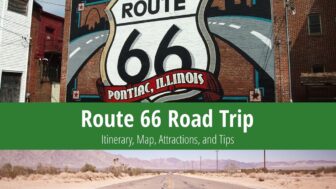

Contribute with Your Question or Personal Experience